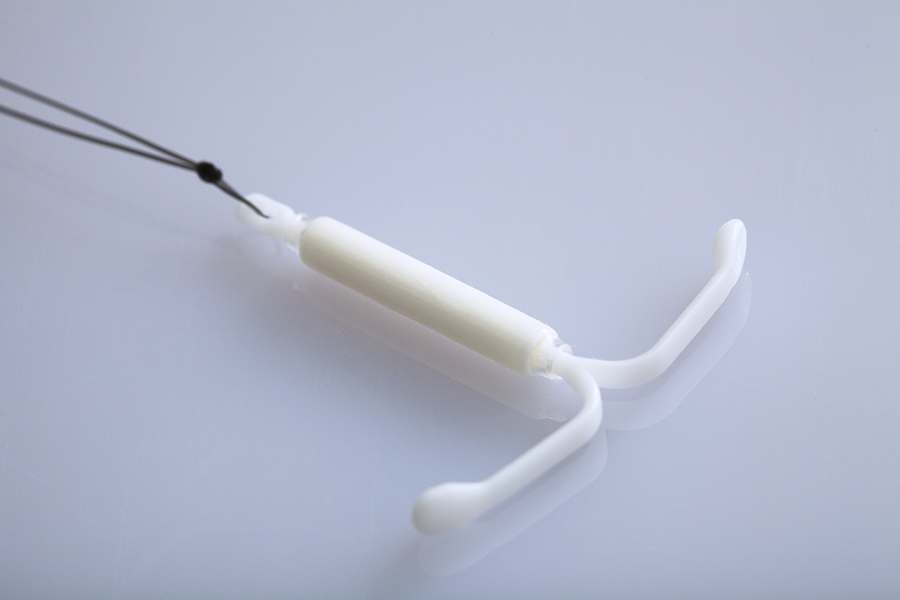EQUITY CLINIC S.C.
HoUrs*
-
Patient AppointmentsFri-Mon: 8AM - 5PM CST
Thurs: 12PM - 5PM CST - Appointment Scheduling 7 Days A Week: 7AM - 4PM CST
An Intrauterine Device (IUD) is a small, T-shaped contraceptive device that is inserted into the uterus to prevent pregnancy. There are two main types of IUDs: hormonal and non-hormonal.
Both types of IUDs are highly effective at preventing pregnancy and are reversible, meaning they can be removed if a person decides they want to become pregnant or if they experience unwanted side effects.

Benefits:


It’s important to consult with a healthcare provider to determine the most suitable type of IUD based on factors such as medical history, preferences, and individual needs.
Equity Clinic prides itself on going above and beyond to support patients through difficult moments and processes. Insertion and removal of IUDs can be painful. Equity Clinic is one of the first clinics to provide a range of options on-site to help support patients through this process and make it as easy as possible.
On-site options for patients for pain control include:
Schedule an appointment to talk with a healthcare provider about your history and desires, so that together, a safe plan can be created for your IUD insertion.

Equity Clinic is an abortion clinic located in Champaign, IL, providing high-quality, compassionate care, including abortion pills, surgical abortion, and late term abortion along with other reproductive healthcare services. Areas we serve include Springfield IL, Peoria IL, Champaign IL, Bloomington IL, Decatur IL, Normal IL and Urbana IL. We welcome all out of state patients including those from Indianapolis IN, Fort Wayne IN, Evansville IN, South Bend IN, Carmel IN, Fishers IN, Bloomington IN, Hammond IN, Lafayette IN, Gary IN, Noblesville IN, Muncie IN, Greenwood IN, Kokomo IN, Terre Haute IN, Anderson IN, Elkhart IN, Mishawaka IN, Columbus IN, Jeffersonville IN, Lawrence IN, Westfield IN, West Lafayette IN, Portage IN, New Albany IN, Merrillville IN, Richmond IN, Goshen IN, Plainfield IN, Valparaiso IN, Cincinnati OH, Dayton OH, Hamilton OH, Springfield OH, Kettering OH, Middletown OH, Beavercreek OH, Huber Heights OH, Louisville KY, Lexington-Fayette KY, Bowling Green KY, Owensboro KY, Covington KY, Georgetown KY, Richmond KY, Florence KY, Elizabethtown KY, Nicholasville KY.
“Late term abortion” is not a medical term but a commonly used political term to shame people who terminate pregnancies in the 2nd and 3rd trimester. At Equity Clinic, we understand that there can be a lot of judgment put on our patients, and because of this we prefer to avoid using language like “late term abortion” and use the specific trimester the pregnancy is in (ie. first, second, or third), or the name of the specific procedure (like “Dilation and Evacuation”) when referring to abortion procedures.
© 2025 Equity Clinic S.C.
Website & SEO By: Partners For Choice | Sitemap